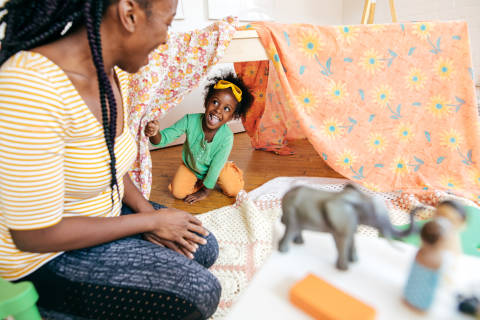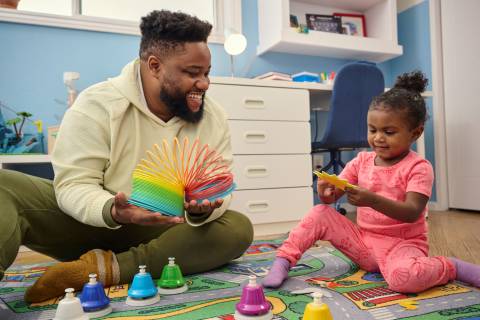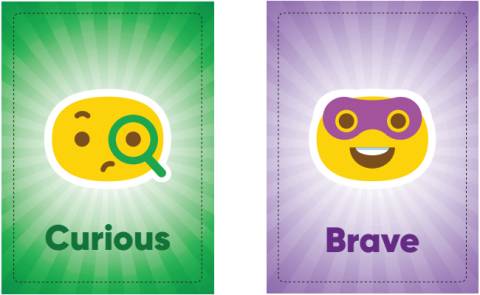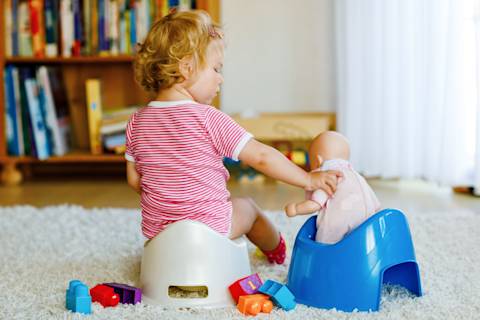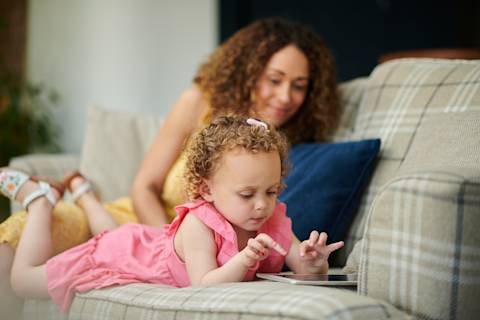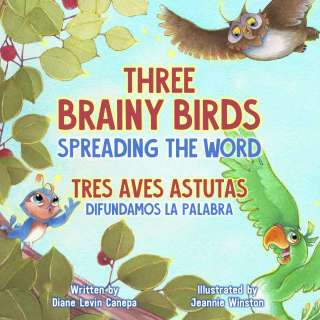You might feel a bit silly talking to a baby who can’t talk back. But these early “conversations” are more valuable than you may realize. Talking – about anything, really – helps build your baby’s brain right from the start. And the more you talk and engage with your baby, the easier it’ll become. During your baby’s first year of life, you’ll begin to see your baby respond and understand more and more every day!
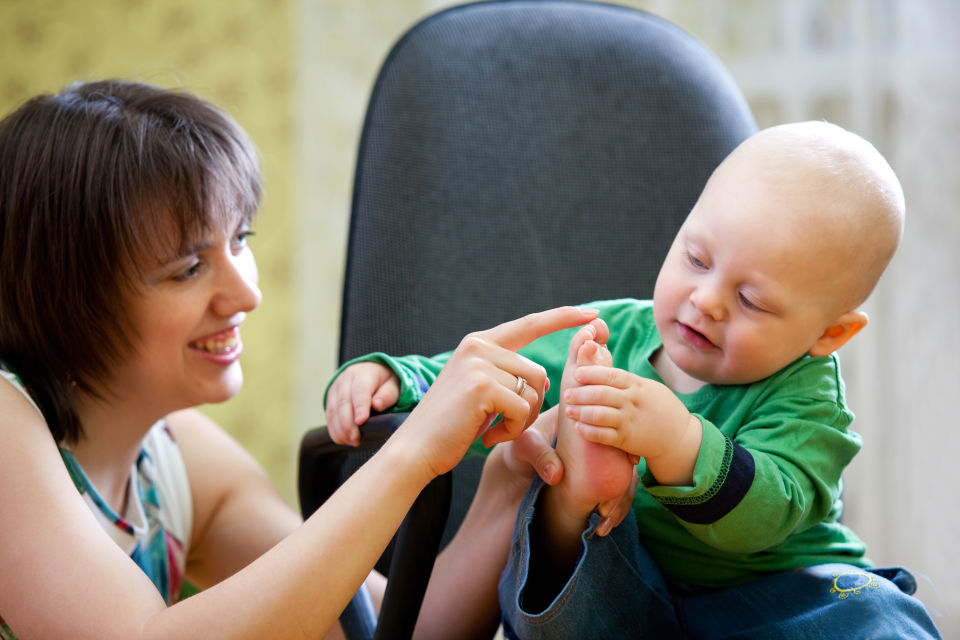
Your voice!
Let’s get talking!
What are you doing right now? Tell your baby about it. For example, “We’re going to take a walk soon. Mama’s going to get her shoes on.”
What will you do later today? “We’re going to grandma’s house for a visit. Let’s pack your diaper bag. Do we have enough wipes? Let’s check together.”
Name objects around you. “Look, here is your favorite bear. Watch me give him a hug. Would you like to hug him, too?” “Let’s count your socks. One, two, three, four, five, six! That’s a lot of socks!”
Is your baby beginning to make sounds? Listen to her efforts, and then respond to help demonstrate the pattern of conversation! If baby doesn’t seem interested at the moment, or is fussy, don’t worry. Just try again a little later.
Songs and rhymes are a great way to develop language skills. Sprinkle in simple melodies throughout your day, and talk about the songs you’re singing together. If it’s nighttime, point to the stars in the sky and sing “Twinkle Twinkle Little Star.”
Remember, you can talk (and sing!) in any language, and switch between different languages. There are so many benefits to dual-language learning.
This activity helps your baby develop listening skills, visual tracking skills, imitation skills, motor skills, comprehension skills, language, and vocabulary.

